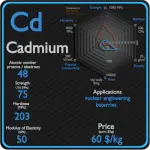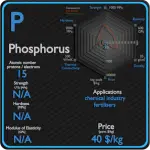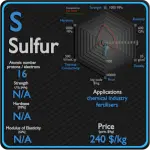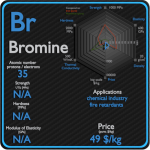This article contains comparison of key thermal and atomic properties of lithium and magnesium, two comparable chemical elements from the periodic table. It also contains basic descriptions and applications of both elements. Lithium vs Magnesium.
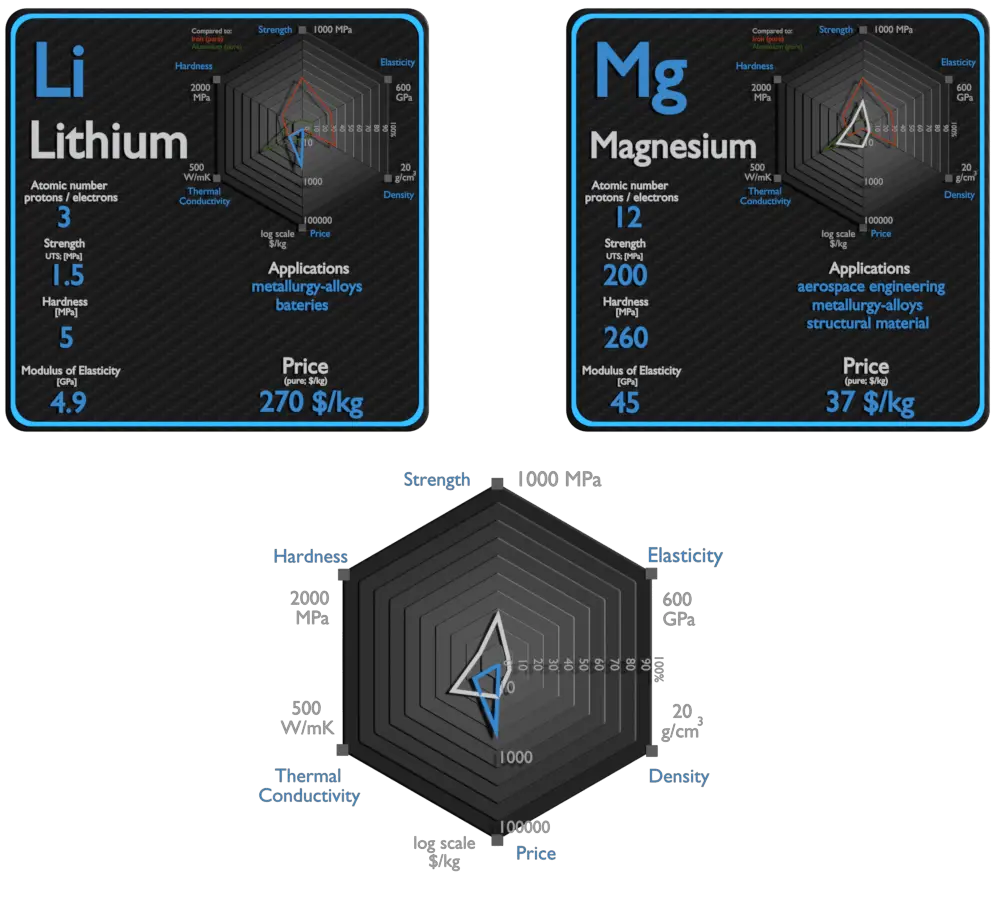
Lithium and Magnesium – About Elements

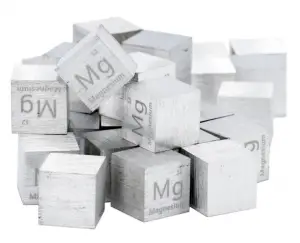
Source: www.luciteria.com
Lithium and Magnesium – Applications
Lithium
Lithium has many applications, from lubricating grease, alloying additions in particular for aluminium and magnesium alloys, to glazes for ceramics, and finally, lithium batteries. In particular, lithium is and will continue to play an increasingly important role in the battery-powered clean air future. Lithium batteries are widely used in portable consumer electronic devices, and in electric vehicles ranging from full sized vehicles to radio controlled toys. The term “lithium battery” refers to a family of different lithium-metal chemistries, comprising many types of cathodes and electrolytes but all with metallic lithium as the anode.
Magnesium
Magnesium is the third-most-commonly-used structural metal, following iron and aluminium.[35] The main applications of magnesium are, in order: aluminium alloys, die-casting (alloyed with zinc), removing sulfur in the production of iron and steel, and the production of titanium in the Kroll process. Magnesium alloys are used in a wide variety of structural and nonstructural applications. Structural applications include automotive, industrial, materials-handling, commercial, and aerospace equipment. Magnesium alloys are used for parts that operate at high speeds and thus must be light weight to minimize inertial forces. Commercial applications include hand-held tools, laptops, luggage, and ladders, automobiles (e.g., steering wheels and columns, seat frames, transmission cases). Magnox (alloy), whose name is an abbreviation for “magnesium non-oxidizing”, is 99% magnesium and 1% aluminum, and is used in the cladding of fuel rods in magnox nuclear power reactors.
Lithium and Magnesium – Comparison in Table
| Element | Lithium | Magnesium |
| Density | 0.535 g/cm3 | 1.738 g/cm3 |
| Ultimate Tensile Strength | 1.5 MPa | 200 MPa |
| Yield Strength | N/A | N/A |
| Young’s Modulus of Elasticity | 4.9 GPa | 45 GPa |
| Mohs Scale | 0.6 | 2.5 |
| Brinell Hardness | 5 MPa | 260 MPa |
| Vickers Hardness | N/A | N/A |
| Melting Point | 180.5 °C | 649 °C |
| Boiling Point | 1342 °C | 1090 °C |
| Thermal Conductivity | 85 W/mK | 156 W/mK |
| Thermal Expansion Coefficient | 46 µm/mK | 24.8 µm/mK |
| Specific Heat | 3.6 J/g K | 1.02 J/g K |
| Heat of Fusion | 3 kJ/mol | 8.954 kJ/mol |
| Heat of Vaporization | 145.92 kJ/mol | 127.4 kJ/mol |






